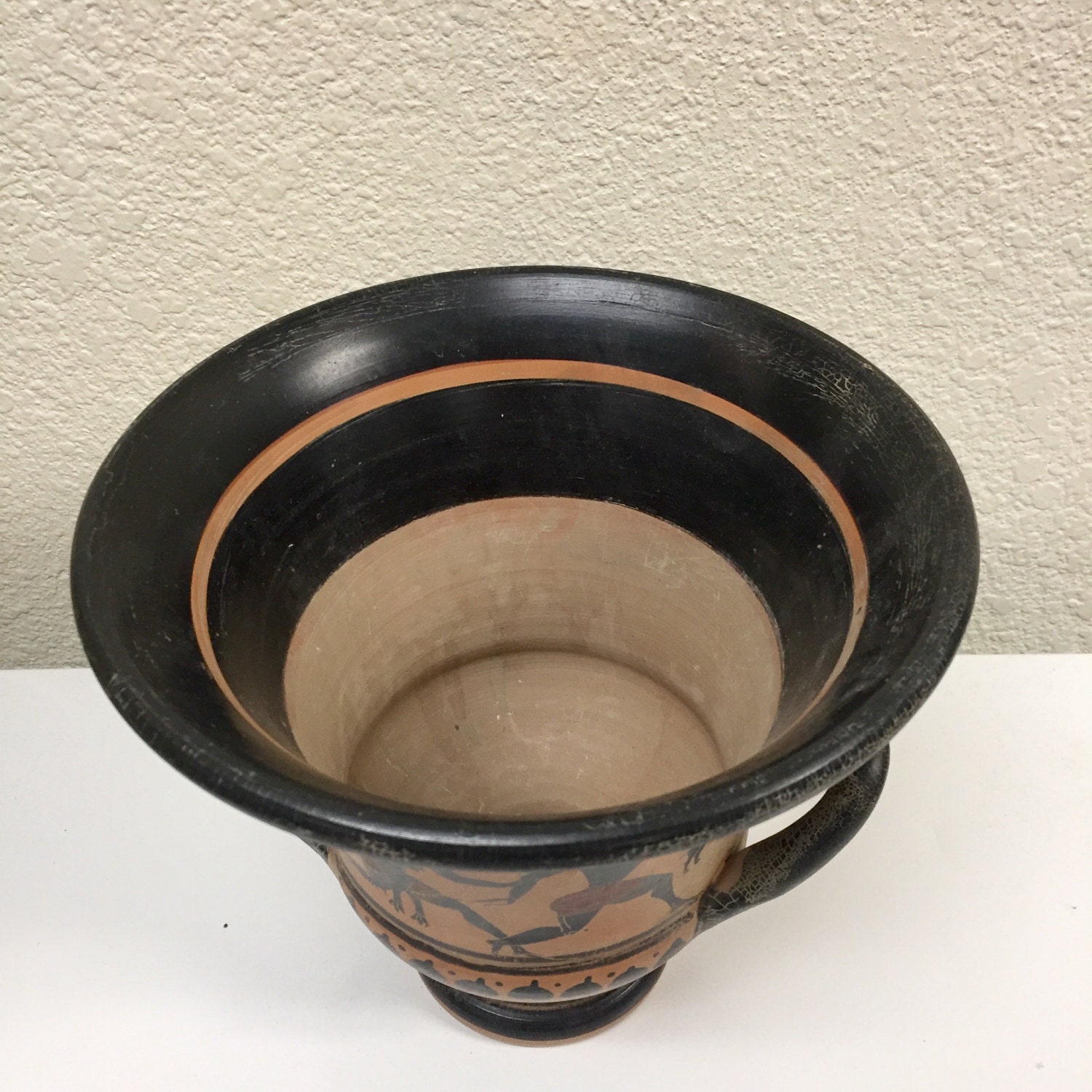

Through the introduction and removal of oxygen in the kiln and, simultaneously, the increase and decrease in temperature, the slip transformed into a glossy black color. At this point, the unpainted zones of the vessel became red again while the vitrified slip (the painted areas) retained a glossy black hue. Finally, in the last stage, the vents were reopened and oxidizing conditions returned inside the kiln. Next, by sealing the vents and increasing temperature to around 900-950° centigrade, everything turned black and the areas painted with the slip vitrified (transformed into a glassy substance). At this point, the entire vase turned red in color. First, the temperature was stoked to about 800° centigrade and vents allowed for an oxidizing environment. Not only did the pots have to be stacked in the kiln in a specific manner, but the conditions inside had to be precise. Niobid Painter, Niobid Krater, Attic red-Figure calyx-krater, c. The link to this video is provided at the bottom of this page. Steven Zucker provide a description, historical perspective, and analysis of the Niobid Painter’s Niobid Krater.

To produce the characteristic red and black colors found on vases, Greek craftsmen used liquid clay as paint (termed “slip”) and perfected a complicated three-stage firing process. 5.7: Niobid Painter, Attic Red Figure Calyx-Krater.


 0 kommentar(er)
0 kommentar(er)
